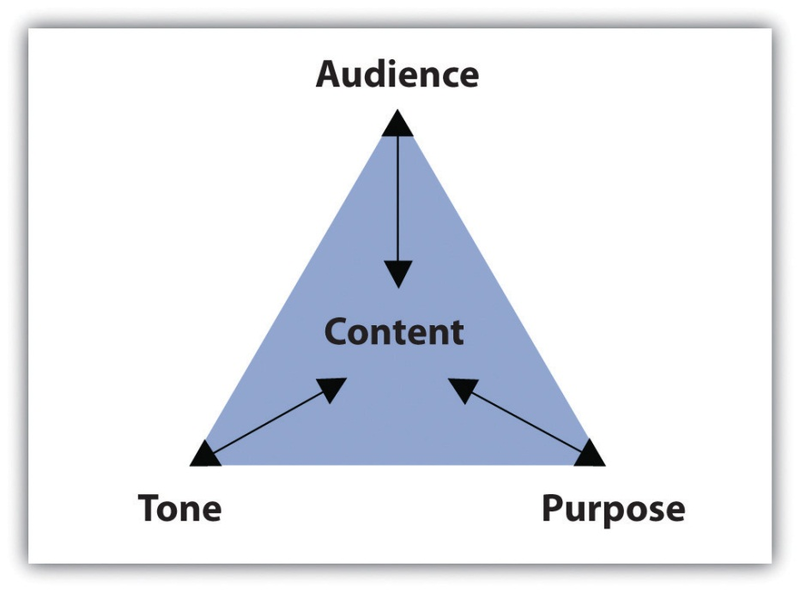Learning Objectives
- Identify the four common academic purposes.
- Identify audience, tone, and content.
- Apply purpose, audience, tone, and content to a specific assignment.
Imagine reading one long block of text, with each idea blurring into the next. Even if you are reading a thrilling novel or an interesting news article, you will likely lose interest in what the author has to say very quickly. During the writing process, it is helpful to position yourself as a reader. Ask yourself whether you can focus easily on each point you make. One technique that effective writers use is to begin a fresh paragraph for each new idea they introduce.
Paragraphs separate ideas into logical, manageable chunks. One paragraph focuses on only one main idea and presents coherent sentences to support that one point. Because all the sentences in one paragraph support the same point, a paragraph may stand on its own. To create longer assignments and to discuss more than one point, writers group together paragraphs.
Three elements shape the content of each paragraph:
- Purpose. The reason the writer composes the paragraph.
- Tone. The attitude the writer conveys about the paragraph’s subject.
- Audience. The individual or group whom the writer intends to address.

The assignment’s purpose, audience, and tone dictate what the paragraph covers and how it will support one main point. This section covers how purpose, audience, and tone affect reading and writing paragraphs.
- 15043 reads






